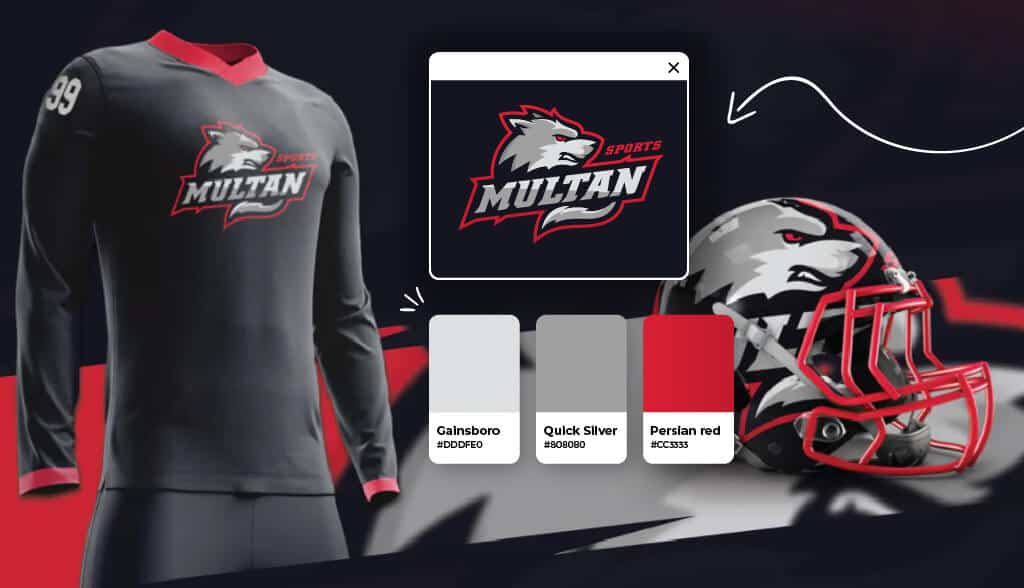Establishing an emotional connection with your customers might be one of the hardest yet most rewarding things you can do when starting your business.
Making a mascot the face of your business can set you apart from the competition and have customers coming back to you time and again.
Don’t believe a mascot logo can do all that and more? Or do you doubt a mascot could fit your specific industry?
You might be surprised to learn just how versatile a mascot logo can be.
What is a Mascot Logo?
A mascot is defined as an illustrated character that represents a business. You can think of a mascot as the spokesperson or brand ambassador.
What your mascot actually is completely depends on you and the message you want to send to your audience. Some businesses elect to go with mythical creatures and abstract figures, while others choose an animated version of a person (think of the Wendy’s logo) to speak for their brand.
What sets a mascot apart from other types of logos is that it’s a living character that represents a business. It helps give your business a personality and humanizes your brand.
Who Uses Mascot Logos?
When you think of a mascot logo, you probably think of a cartoonish character pumping up a crowd at a baseball game. But a mascot logo can work across many industries.
Let’s scout out the industries that leveled up their logo game with a mascot:
Gamers
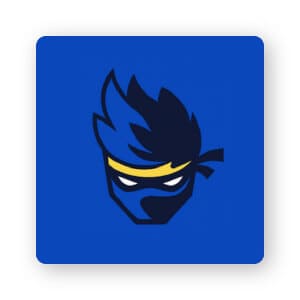
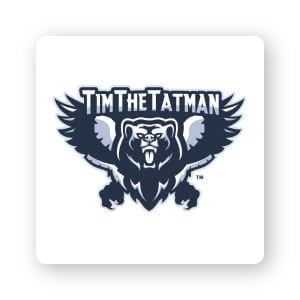
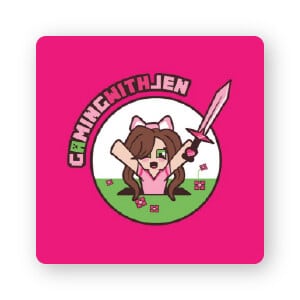
You’ll find mascots in gaming logos more often than not. If you’re a competitive gamer, you want a fierce mascot like Ninja’s that tells competitors you mean business.
As with any logo, you want it to be memorable, and YouTube gamer TimTheTatman’s mascot of a roaring bear inside of a soaring eagle is definitely one you won’t easily forget.
But not all gamer mascot logos need to be cutthroat to make an impact. Take Gaming With Jen’s mascot as a case in point. Sword in hand and pink ribbon in her hair, this gaming influencer’s mascot stands for her online identity and attracts the attention of gaming fans.
Sport teams
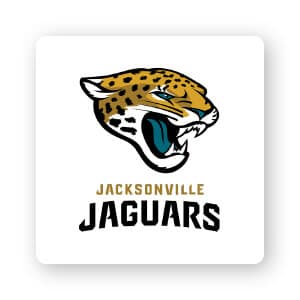
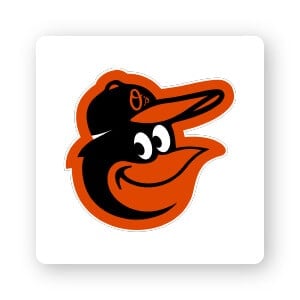
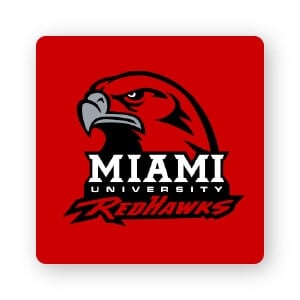
If you’ve ever been to a sports game, you know how easily a mascot can get a crowd–and team–on their feet and riled up.
Sport team logos are meant to show strength and psych out their opponents. Just take a look at the Jacksonville Jaguars mascot baring its razor sharp teeth and Miami RedHawks’ laser focus; no one wants to mess with those guys!
On the other hand, a team’s mascot doesn’t have to be intimidating. It could also be like the Baltimore Orioles’ mascot, which is a cartoon caricature of a bird wearing a baseball cap.
A mascot also works for sports teams because it’s a good opportunity for branded merchandise, like hats and t-shirts emblazoned with the character.
Bands
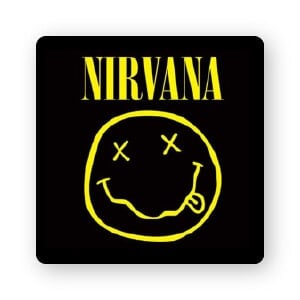
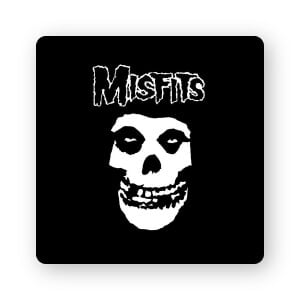

Although mascots can be found in any music genre, most are used by rock and roll, punk, indie, and heavy metal bands.
Band logos tend to lean towards the dark side (think the Misfit’s skull) and the creepy (Radiohead’s abstract “modified bear”).
And then there are bands like Nirvana who took a simple sketch of a smiling face and made it an iconic symbol since its creation in 1991. No one knows for sure what the meaning behind the Nirvana mascot logo is, but that mystery is what intrigues listeners generation after generation.
Food brands
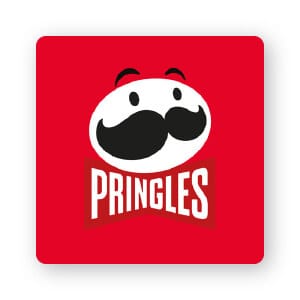
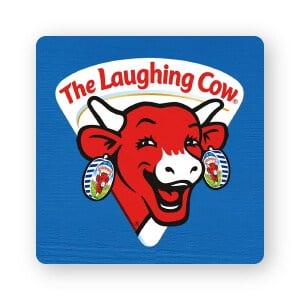
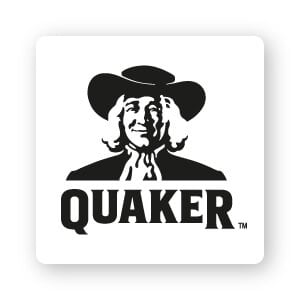
If you go into your kitchen right now and check which food brands have a mascot as their logo, you might be surprised by how many there are.
It makes sense. Mascots are family-friendly and are targeted to children who then coerce their parents into buying that product.
If you look at some of the major food companies like Pringles, Quaker, and The Laughing Cow, you’ll notice they all have one thing in common: Their mascot is smiling.
After all, who doesn’t smile after biting into a crispy Pringle or a warm bowl of Quaker Oats?
Technology
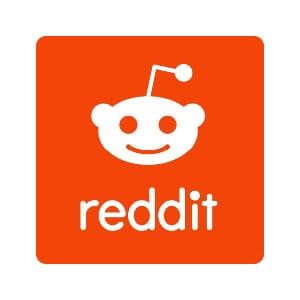
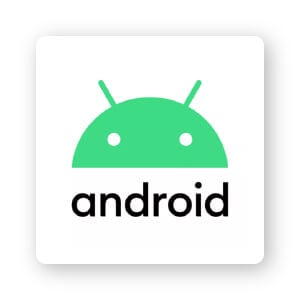
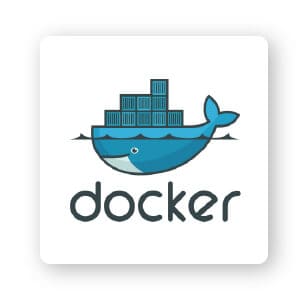
Tech companies need a way to get past the robotic talk and reach people on a human level.
Plus, mascots help clarify what tech companies do in a more fun way. Take the Docker mascot of a whale in the shape of a container ship as a perfect example.
And sometimes a mascot can take on a life of its own outside the company. Take Reddit’s ever-smiling alien, Snoo. What was once just a doodle in Reddit’s cofounder’s notebook is now Snoo, the representative of every Redditor on the site.
Android’s cute Bugdroid is similar. It was originally intended for internal use for all developers. But the design was simple enough to become iconic and appealed to a much wider audience than the community it was initially created for.
Both Reddit’s and Android’s mascots are simple abstract designs that have become easily recognizable by all, no matter how tech-savvy you are.
Types of Mascot Logos
You want a mascot to represent everything your business stands for and connect with your target audience. It might seem hard to get one figure to do all that, but luckily, there are plenty of types of mascots to choose from to get the job done.
Let’s check them out:
Animals
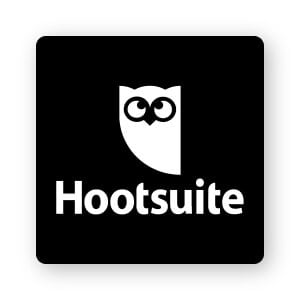
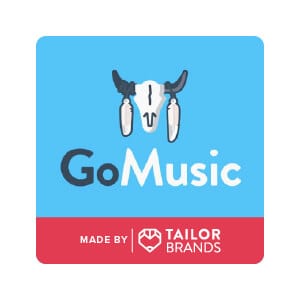
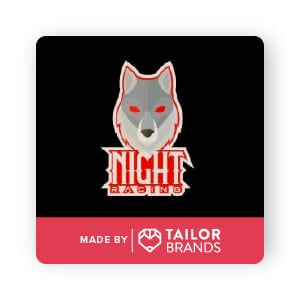
A classic mascot, animals appeal to a wide range of audiences and can naturally fit the personality of your business’s brand.
Night Racing’s intimidating red-eyed wolf tells a lot about the business’s brand. It would be a completely different vibe if Night Racing’s mascot was something cute like a glittery unicorn.
And the same goes for Go Music’s logo. They needed a mascot that represented their edgy, indie-vibes, and a cool, unexpected ox was the best way to do that.
Other times, an animal logo might just be a logical choice for your business, just like it was for Hootsuite. The social media management platform cleverly connected the ‘hoot’ with an owl. Simple and effective.
Mysterious figures
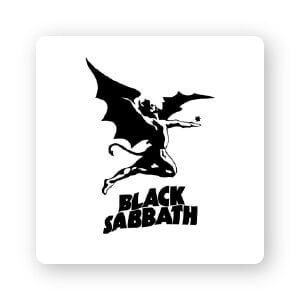
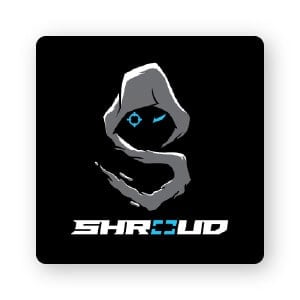
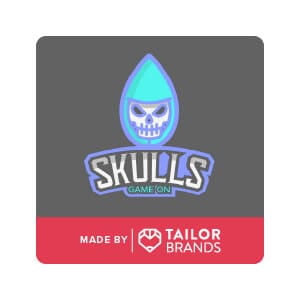
Nothing says intrigue like a figure masked in mystery.
Some might choose a mysterious, unidentifiable mascot to mask their true identity, like Shroud. The Internet-famous Twitch streamer adopted a mascot quite literally shrouded within the shape of an ‘s’, playing on his gaming name.
The thing to keep in mind when choosing a mysterious figure as your mascot is that it leaves interpretation up to the viewer, which carries a bit of risk. What if your audience doesn’t quite get the message you’re trying to convey?
But sometimes the risk can be worth it. Take legendary heavy metal band Black Sabbath as a great example. A winged figure with horns and the devil’s tail (whose name is Henry– ha!) has become the band’s iconic emblem. Now Henry is their official symbol, representing the music genre’s rebellious nature. It’s a powerful addition to the Black Sabbath visual identity.
True to its name
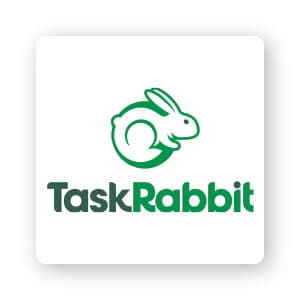
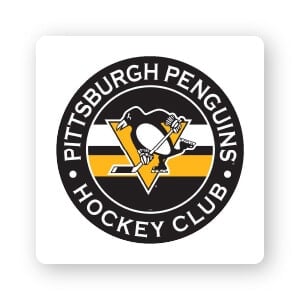
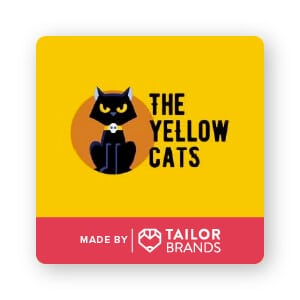
Keeping things simple is not the same thing as playing it safe.
Whether your business name is “Forest Fairy” or “Lamp Shade”, turning it into a living, breathing character is a solid choice. Just look at Taskrabbit’s rabbit and the Pittsburgh Penguins’ skating penguin. Both are easy to recall and instantly recognizable.
We at Tailor Brands are particularly proud of The Yellow Cats mascot we’ve designed with our logo creator. Not only does this cat have a don’t-mess-with-me look, but it also reflects a lot about the business’s personality.
A mascot with a lot of personality and conveys the brand’s identity? That’s a winning mascot.
Animated people
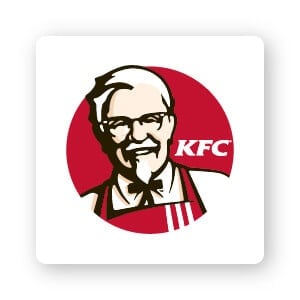
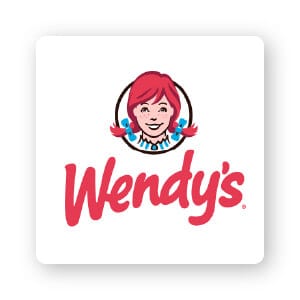
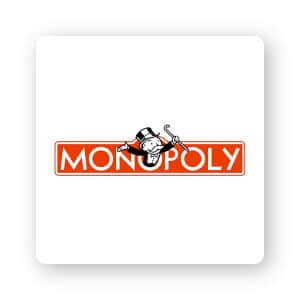
You don’t realize just how many mascots are animated people. A lot of them, in fact, are practically living legends. Just look at Wendy or Mr. Monopoly.
The portly old man with a moustache sporting a bowtie and a top hat has been world famous since 1935. Mr. Monopoly even has fun fact pages written about him. When you’ve created a mascot that has a life outside the brand, that’s seriously impressive!
The same goes for Colonel Sanders’ face on the KFC logo (although he isn’t fictional, but rather the founder of the fast food chain). Like we’ve said before: Keep it simple!
Product Come to Life
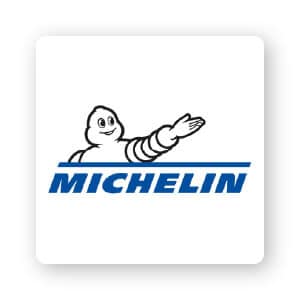
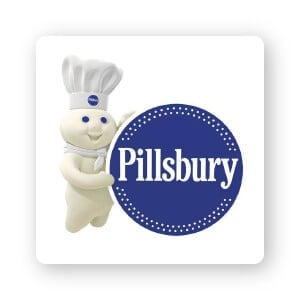
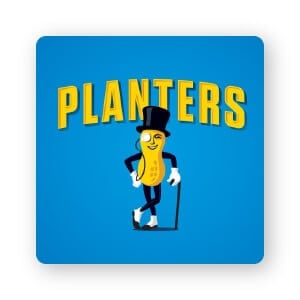
If you’re proud of your product, why not make it your mascot?
Snack brand Planters had beloved Mr. Peanut standing beside their name for 104 years. That is, until he died and was reborn again as a baby peanut, thanks to the magical tears of Kool-Aid Man. (Yes, that really did happen.)
Then you have Poppin’ Fresh, more widely known as the Pillsbury Doughboy, with his tilted chef’s cap and neatly tied scarf. Though he may be small, the Pillsbury Doughboy has become something of a celebrity–so much so that he’s even had a line of Doughboy products made after him (some are even kept in a museum!), plus a whole family (he’s a proud father of 2).
All this proves the point that a mascot is a living character outside of the logo. Mascots give your brand a personality in a way no other logo could.
What to Consider Before Choosing a Mascot
When you’re thinking about creating your own mascot logo, there are a number of things to keep in mind.
Audience
If you’re in the tech industry pitching to a crowd of suits, then a bubble-gum pink bunny mascot is probably not going to be the right move for you.
Remember, you need a mascot that’s going to connect with your audience and reach them on an emotional level. So make sure the lid fits the pot before moving forward.
Children, families, and a fun-spirited crowd are your best bet for mascot success.
Versatility
Mascot logos can often have a lot of detail in the design, which means you may encounter difficulty resizing them. You might want to consider pairing your mascot with a wordmark, or simply leaving it off of business cards and other branded materials that require small print.
Alternatively, you can try using a few geometric shapes (and nothing else) to create your mascot so that it’s easier to scale.
Marketing channels
Have you put thought into how you primarily want to market your business? Mascot logos do great on large billboards or signage, in TV commercials (think the Kool-Aid Man), at in-person events, and on social media pages.
Maybe you communicate with your target audience on YouTube, blog posts or brick-and-mortar events. Whichever marketing channel you choose, it’s important to consider how your mascot fits in.
If most of your marketing centers around formal presentations and sales pitches for instance, a mascot might be less relevant for you.
Commitment
Mascots are intended to become the spokesperson of your business for the long run, and so it’s very difficult to rebrand after putting their faces into the world.
When you create your logo, make sure to do so with your brand values, messaging, and long term goals already in mind–and that they align with the mascot who’s representing you.
Over to You
If you think about it, mascots are basically the first employee of your business. Your mascot will work hard to engage with your audience and spread your brand message.
We’ve covered a lot of different styles and specific industries where mascot logos are used.
Now, it’s up to you to design a logo that fits your business!
